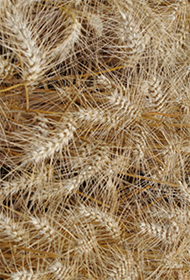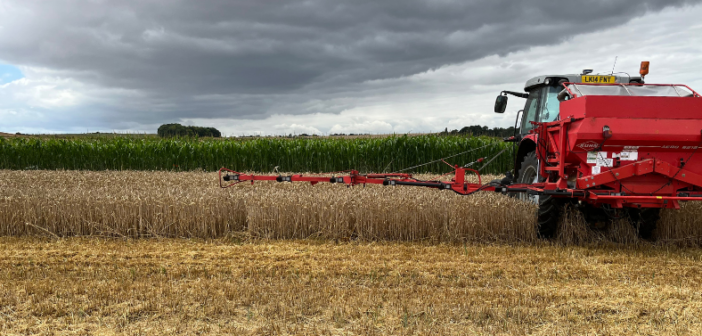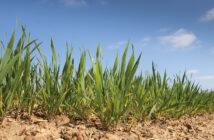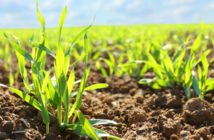Did you know? It is estimated 4 million hectares of soil is at risk of compaction and over 2 million hectares of soil at risk of erosion in the UK.[1]
Soil health is the foundation for arable farming. Good soil health has been shown to increase crop yields, mitigate damage from weather variations, increase disease resistance and provide protection against climate change. This in turn will also create long-term time and money-saving benefits.
By including the following steps into your farming regime, you can be assured that you’re maximising the potential of your soil.
1. Understand your soil
Taking time to walk fields to assess soil health and plan suitable cover cropping remedies is invaluable, particularly on fields badly affected by compaction that may still be suffering where early drilling has left little time for remedial work.Key indicators of problems such as poor crop establishment and growth and wet areas are also easy to spot at this time of year and to investigate using a spade. A penetrometer can also be useful to assess compaction.
Mapping your soil health in this manner to highlight areas which need extra attention, or different management techniques, will create better results than a one-size fits all approach.
2. Soil analysis
The first step is testing the basics, such as pH balance, nutrient levels and organic matter content. This will give you a baseline to improve on and allows you to create a management plan tailored to your soil needs.More comprehensive soil analysis can also be undertaken, such as carbon:nitrogen ratios and soil respiration tests that measure microbial activity.It will be beneficial to regularly run tests to ensure that the strategies you have in place are working and if any adjustments need to be made.
3. Introduce soil heath crops
Soil health crops are an excellent option when it comes to opening up tight soils, breaking up compaction, improving drainage and helping to raise the organic matter content of the soil.
They also have a positive effect on the soil biosphere and are proving very useful at mopping up excess nutrients and reducing over-winter leaching. Adas recently concluded a study showing that adding a cover crop can increase nitrogen levels by up to 35kg N/ha.[2]
4. Reduce soil disturbance
By adopting no-till or reduced-tillage farming you will reduce the risk of compaction and keep nutrients ‘locked in’. RAGT is in the development stage of a pelleted seed cover crop which will reduce the need for cultivation, as this can be sown into a standing crop before harvesting, saving time and fuel whilst aiming for more reliable establishment.

5. Resting the soil/late-sown varieties
In the UK, weather often plays a big part in messing up any agricultural plan. If soil is too wet to drill, it could be worth taking advantage of a variety that can be sown later, such as Skyfall. This can be sown up to the first week of March, giving you the chance to wait for a window of dry weather to get the job done properly.
Maintaining soil health requires proactive monitoring, planning and management. By incorporating these tips, you can begin to see your soil fertility improve, resulting in more resilient crops and sustainable farming practices.
[1] Environment agency – State of the environment: soil (June 2019)
[2] NiCCs – Nitrogen release from Cover Crops, 2021- 2023 FINAL (30th January 2024)




